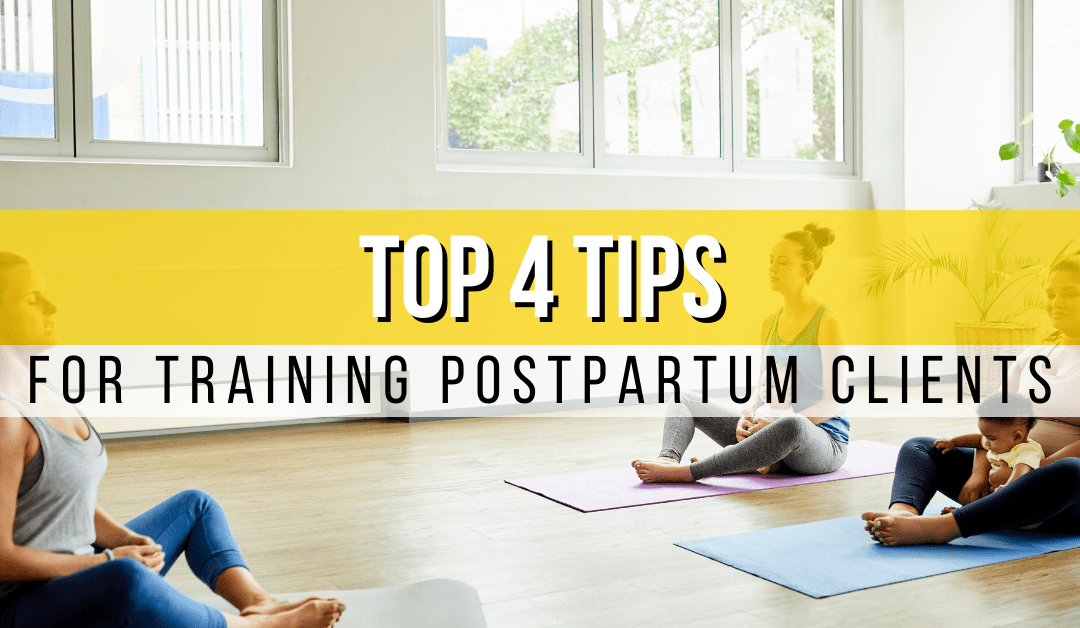While resistance training and aerobic exercise are greatly beneficial for postpartum women, it is essential to re-introduce an exercise routine that is both safe and tailored toward their unique needs. Oftentimes, the 6 week check-in with their OB/GYN is not enough to determine readiness to return to exercise and this is where you, as a personal trainer can help!
Throughout pregnancy there are a myriad of changes that occur to a woman’s body which directly impact the way they move including postural changes and muscle recruitment patterns. Special areas of consideration are core and pelvic floor stability relating to abdominal, glute and hip activation. If you are able to identify instabilities in these regions, you can rehabilitate your postpartum clients and help them to return to exercise without risking future injuries.
One indication of core instability is persistent diastasis recti. This refers to a midline separation in the abdominals that results from stretching of the linea alba as a pregnant woman’s uterus expands. Diastasis recti is normal throughout pregnancy however when it persists weeks, months or even years after pregnancy it is a strong indicator of core and pelvic floor dysfunction.
Guidelines when training postpartum women:
- Assess for diastasis recti using the crunch test: have the client lie on their back with their knees bent and feet flat on the ground. Place your fingers above the belly button and have the client lift their head and shoulders off the ground. If you feel a gap between the abdominal muscles, the client may have diastasis recti.
- Modify exercises as needed: If the client has diastasis recti, avoid exercises that put excessive pressure on the abdominal muscles, such as crunches or planks. Instead, focus on exercises that engage the transverse abdominis, such as bird dogs or pelvic tilts.
- Incorporate pelvic floor exercises: The pelvic floor is often weakened during pregnancy and childbirth, so it’s important to incorporate exercises that target this muscle group. Kegels are a great option, but be sure to also include exercises that engage the glutes and hip muscles, as these muscles also play a role in pelvic floor function.
- Gradually increase intensity: It’s important to start with low-impact exercises and gradually increase intensity as the client’s strength and endurance improve. Avoid high-impact exercises until the client has fully recovered and been cleared by their healthcare provider.
By following these considerations, you can help your postpartum clients safely and effectively return to exercise. As always, be sure to personalize each client’s program to their specific

